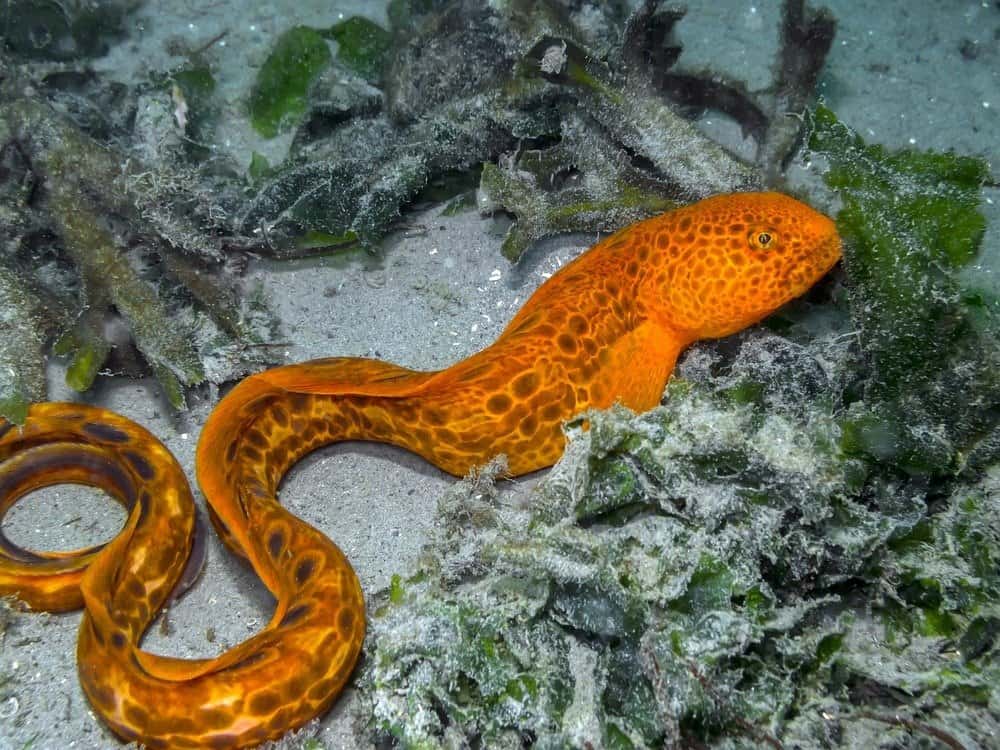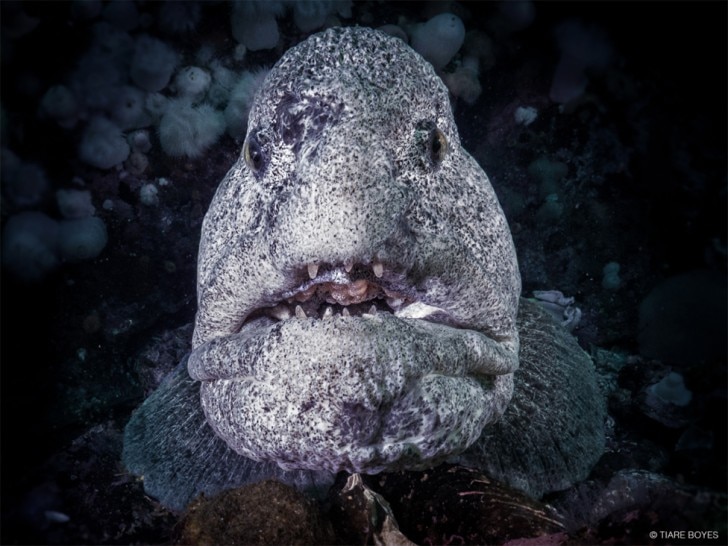

They can grow up to eight feet in length.

(94.49 in.), most wolf eels are usually between four to six feet long. Sorry about rambling on about something that's not really relevant to the posted question, guess you could talk about it in the tff pet peeves thread over in tropical chit chat.Length: up to 240 cm. The puffers are inspiration for me because of their potential medicinal properties.Īnyone who would like a well articulated explanation of the human physiological implications of ttx could visit the wex technologies website. It's the only reason I got into keeping puffers, I want to become an anesthesiologist as my profession. I'm not telling you anything you don't know but I like to discuss it, it's fascinating. Anyway, the tetrodotoxin is synthesized by bacteria, that is correct, sort of a symbiotic relationship, the puffer provides a home for the bacteria, the bacteria provide protection. The toxin to my knowlege is not used commonly in medicine yet, it is still in clinical trials in canada and china and doctors in the united states weem to be fairly closed to the idea, the only reason I have been able to find is that to them morphine works very well so why try anything else?Īs far as saxitoxin, I thought that only shellfish possed that, I'll have to do some more research. that's why the medical form is given in such a small dose, in very small amounts, the first nerve signals to be shut down are the pain signals. This basically creates a traffic jam in the nervous system as you can imagine, none of the organs can get their signals. the problem is that it stays there for tens of seconds, whereas the sodium ion only stays for a few nanoseconds. the tetrodotoxin molecule has an end which fits nicely into the sodium receptor. In response to the post by nmonks, yes the toxin works on the sodium channels in the nervous system. My GSP is only about 2.5 - 3 inches in length. My GSP is in 1.018 and has been for a few months, he has seemed much more happy and active than he was in a lower salinity, he was quite good before though. Presumably no addictive properties (except maybe a desire for dangerous sushi!).Īll this stuff is explained in some depth in the Aqualog pufferfish book. However, if you keep the patient alive on life support, the toxin eventually fades away, and the nerves work again, none the worse for wear. If someone is poisoned by tetadotoxin, their nerves shut down, and they die from suffocation or cardiac arrest. The reason why the toxin is used in medicine is because, I think, it acts only on the nerves and doesn't do any other damage. The puffers need to ingest certain bacteria, and only then can they make (take from the bacteria?) the toxin. Puffers cannot synthesise the toxin from scratch. Some species don't have the toxin at all and are quite eaten as food without special preparation (not sure which ones though). The freshwater species have it in the skin, while marine species have the toxin in their internal organs.

The subject of the toxins in pufferfish is interesting, and complex.įreshwater puffers don't have the same toxin as marine ones, for a start, they have something called "saxitoxin".


 0 kommentar(er)
0 kommentar(er)
